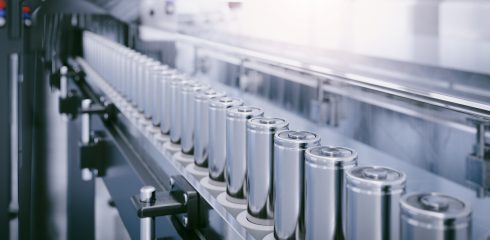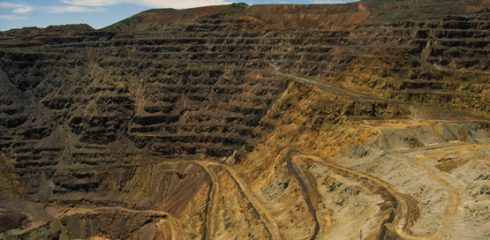
Several bulk cargo ships transporting fine and moist iron or nickel ore have capsized after becoming unstable from product shift. The cause of the loss of cargo stability has its roots in the ability of certain bulk solids, which seem to be solid or stable before leaving port, to liquefy under external excitation, such as vibration or motion. The materials prone to liquefaction do so when their moisture content is equal to, or higher than the transportable moisture limit (TML).
The International Maritime Organization (IMO) adopted regulations for the safe carriage of solid bulk cargoes, which is known as the International Maritime Solid Bulk Cargoes Code (IMSBC Code). The IMSBC code covers extensively the problem of cargo liquefaction, providing detailed guidelines and test procedures to determine the TML of a sample.
How about dry bulk solid cargoes? Could they also be or become unstable and cause material shift? The answer is “yes”. If very fine and dry bulk solids are aerated, inadvertently or purposely, they could, in an extreme condition, become fluidized, i.e. behave like a liquid. Given reasonable time at rest, air will escape and the bed of material will settle. However, for certain materials this settling time may be long or for practical purposes never de-aerate on their own. Aerated material, even partially aerated, may be unstable resulting in cargo shift when subjected to ship motion.
In the case of dry bulk solid shipments, the IMSBC code is limited and vague in its regulation or guidelines, and only for a few specific materials such as fly ash, phosphate rock and cement are addressed. In the case of cement it states: “The ship carrying this cargo shall not depart until the cargo has settled”. Or in the case of phosphate rock: “Depending on its source this cargo may have a low angle of repose, but once settled it is not liable to shift.” This begs the question: What constitutes a settled cargo? How could the operator verify whether the material has settled? Its angle of repose?
Fine dry metal concentrates have been reported to shift during transport. The IMSBC code lists several of these in the “individual schedules of solid bulk cargoes”, however, aeration or settlement are not addressed, only precautionary notes regarding moisture content (TML). Since these materials are often loaded quickly to minimize ship-loading time, the material in the hold has insufficient time to settle resulting in an aerated bed condition. Before setting sail, a key question needs to be considered: how long does the material need to be left at rest to allow sufficient air to escape the pile and settle to a safe condition? In other words, what should the transportable air limit (TAL) be, to ensure safe carriage? The angle of repose is a parameter that is mentioned when addressing the settlement condition, however, a predictable relation between angle of repose and degree of aeration is difficult to measure, if at all practical.
The air escape mechanism is driven primarily by the bulk solid’s permeability to air and compressibility, i.e. bulk density versus consolidation. The permeability is a function of consolidation and by consequence of the bulk density. Using our internal code “SETTLE”, we are able to simulate a cargo hold filling and settlement process and determine the associated material parameters such as air pressure (p), bulk density (γ), solids contact pressure (σ), and the degree of aeration given by the void space or air content (%), as function of time (t) and depth (z). The parameter (dp/dz)/γ is commonly used to assess the degree of fluidization of a bulk solid and, a value of -1 indicates a fluidized condition.
The degree of aeration or fluidization of a bulk solids bed is closely related to the material’s internal shear strength, which gives stability against shifts, when the ship is subjected to vibration or motion. A TAL, which will be associated with a certain minimum settlement time, may be determined for a particular material to be considered stable and safe for carriage. Clearly, we need to establish “safe” in terms of ensuring that shift will not occur for up to a certain maximum degree of excitation, e.g. roll motion amplitude and acceleration.





